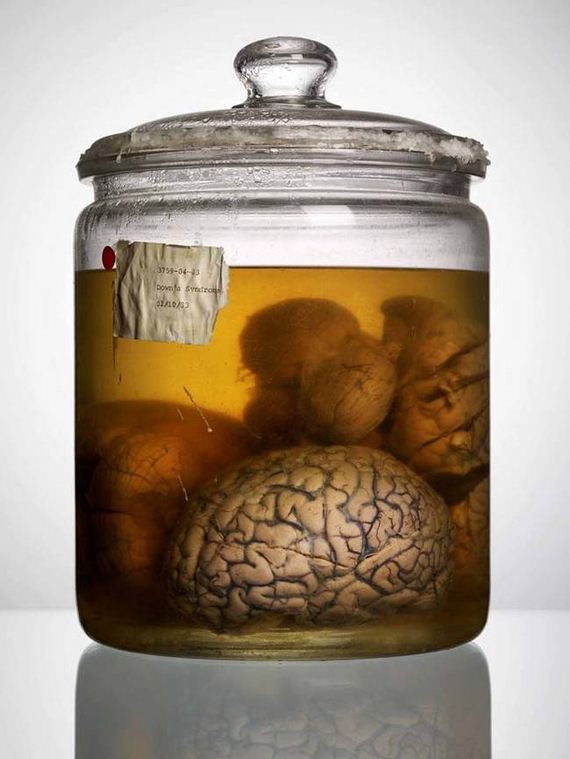
When Voorhes found the brains, they were all tucked into a seemingly forgotten storage closet inside the University of Texas State Mental Hospital.
When photographer Adam Voorhes was on assignment for Scientific American, he never expected to fall in love with a collection of preserved human brains.
In 2011, Voorhes stumbled upon an extensive collection of 700 human brains, all preserved in formaldehyde in a forgotten corner of the University of Texas Mental Hospital. He then became obsessed with it, and began photographing each of the specimens two years later.
The brains were preserved in jars of formaldehyde, and are rare, malformed, or damaged in some way.
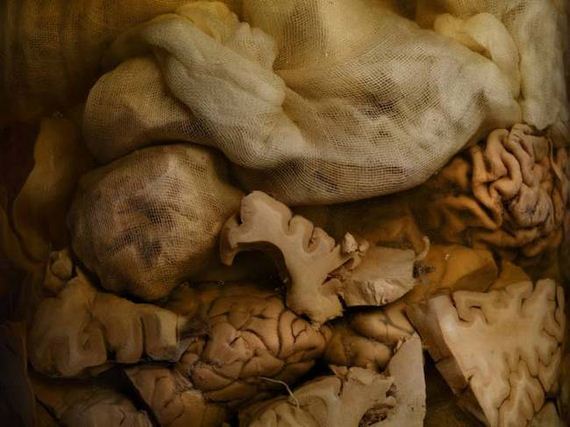
After his accidental discovery of this forgotten treasure trove, Voorhes became obsessed with them.
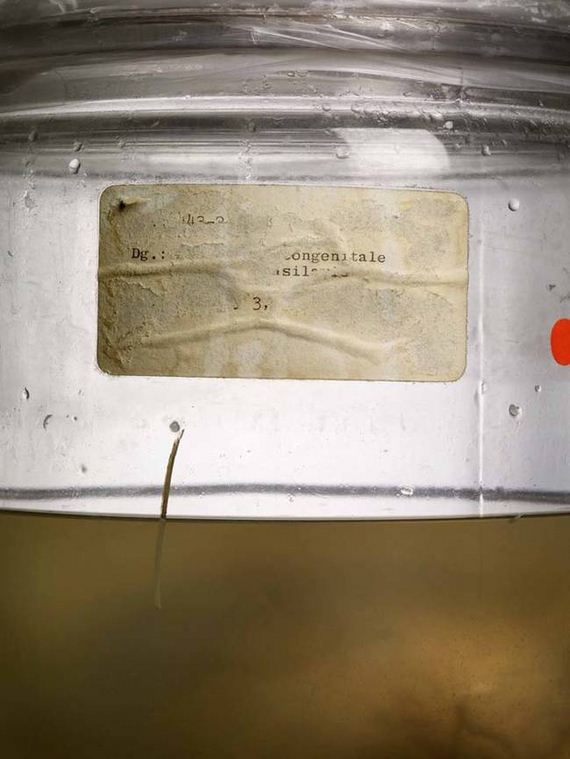
In 2013, he began a painstaking process to document every brain in the collection using close-up, high resolution photographs. This format allowed Voorhes to show off the otherworldly qualities of these brains from so long ago.
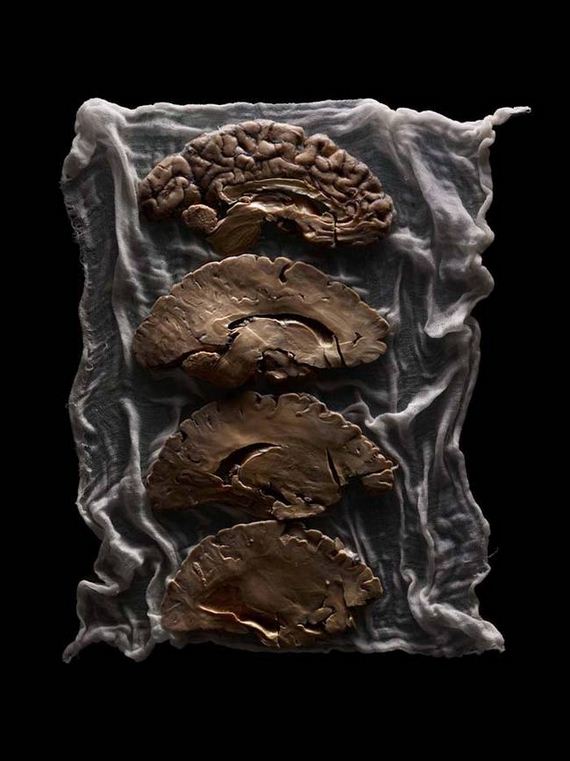
During the photography process, Voorhes had to work with a respirator and gloves. This was the only way the brains could be safely handled.
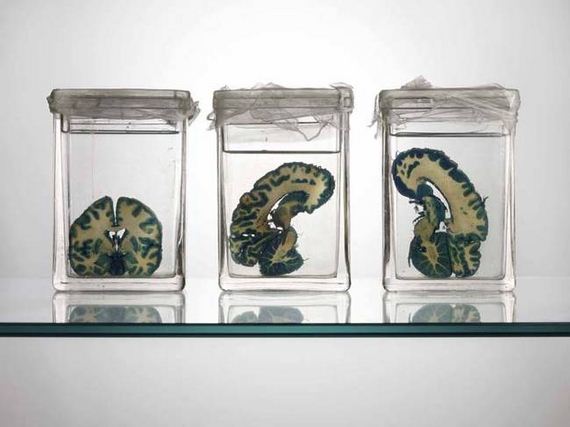
However, merely photographing the brains wasn’t enough for Voorhes. He had to know how and why they were in the basement.
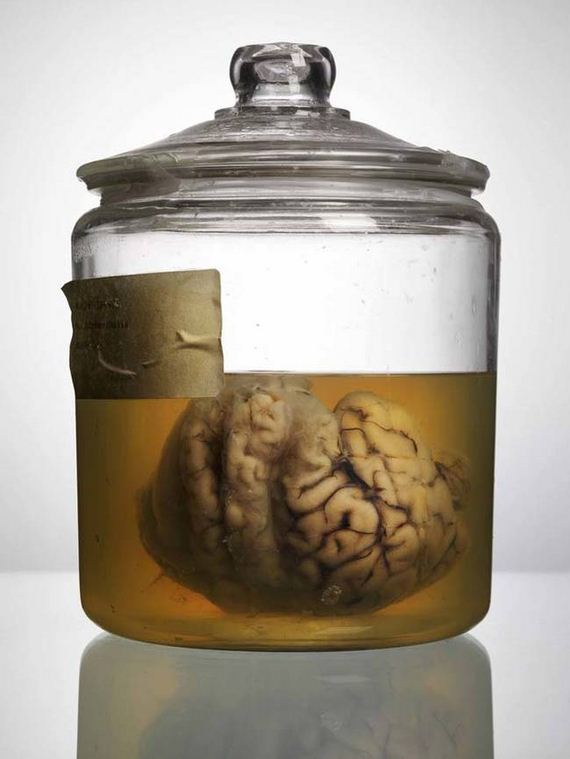
This is when he enlisted the help of veteran journalist Alex Hannaford.
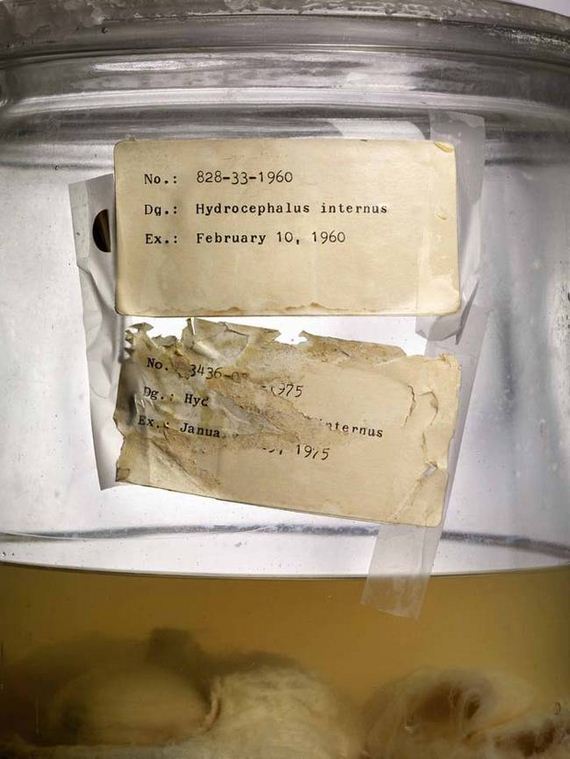
The two sifted through decades of documents from the university, looking for the real story behind the brains.
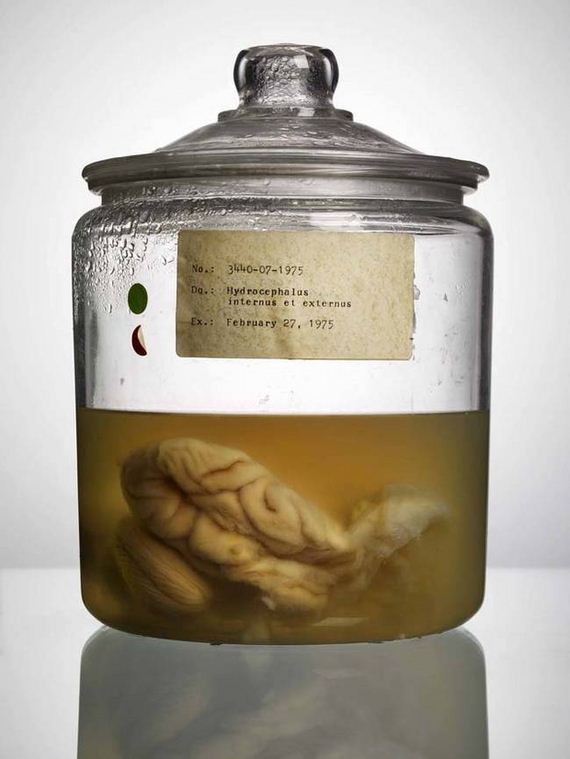
From their research, we now know that this extensive collection of rare human brains was the subject of a bitter fight between the University of Texas and other rival colleges (including Harvard). Ultimately, the University of Texas won, and the collection came to them.
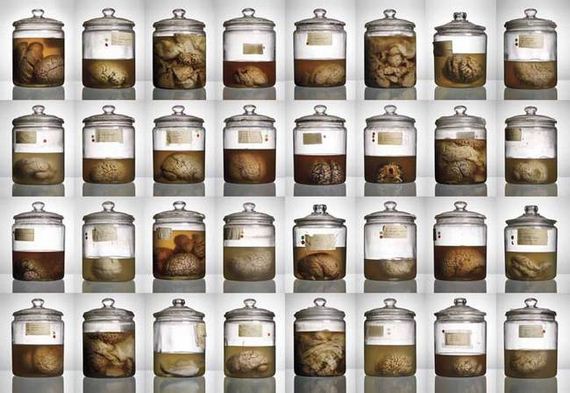
Because of the work of Voorhes and Hannaford, there is a rush of renewed interest in the collection.
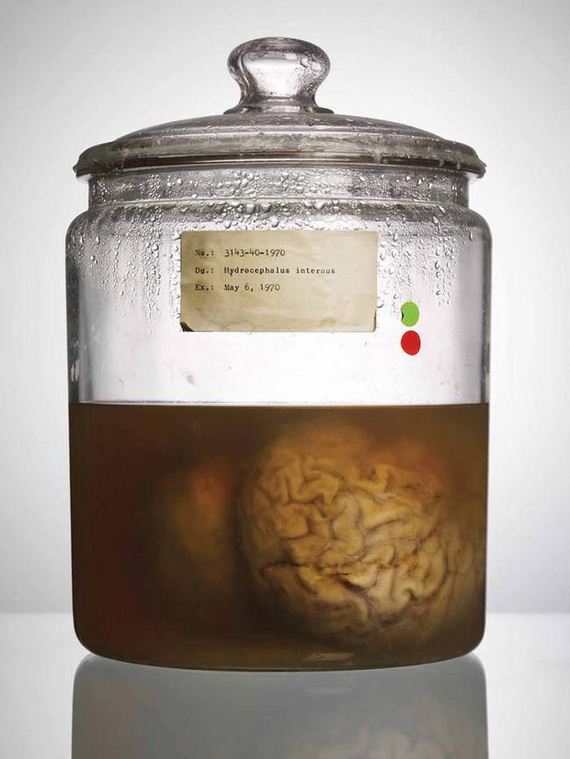
The University of Texas at Austin is now having the entire collection of brains undergo MRI scans so that they can be taught to students at the university’s new medical school.
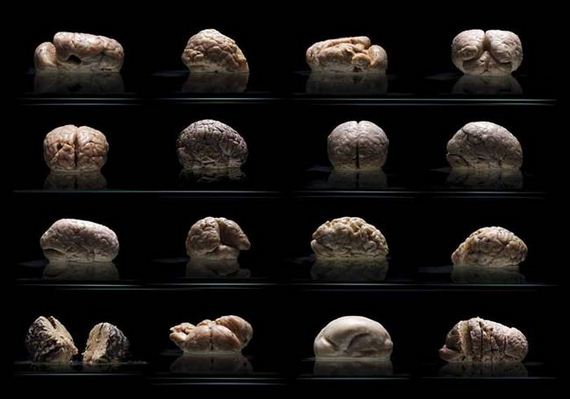
 Barnorama All Fun In The Barn
Barnorama All Fun In The Barn